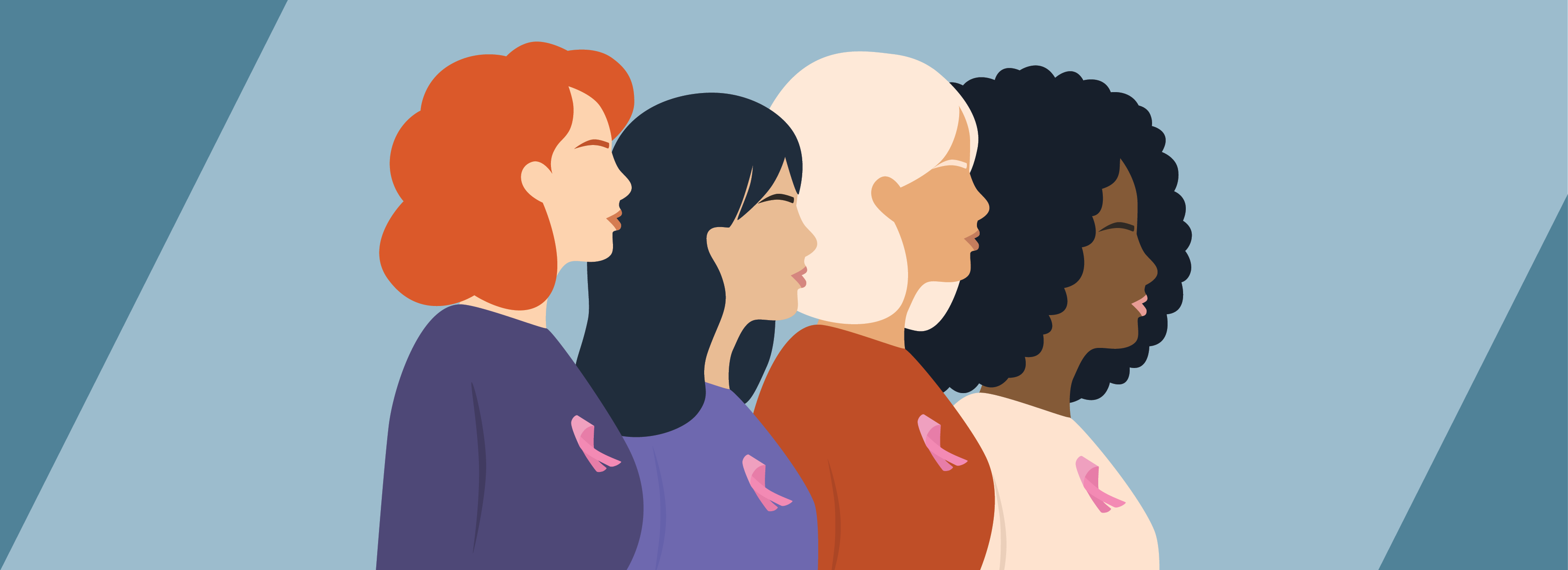By definition, a headache is a pain in the face or head that develops from an internal or external trigger. There are many different triggers, from food and stress to head trauma or a tumor. More research is needed to understand why some people get severe headaches, while others rarely come down with one. But one thing is certain: There are different types of headaches.

Tension headaches
“The classic description of a tension headache is a ‘band-like’ pain that wraps around the head and feels like a squeezing sensation,” said Dr. Julia Szmanda, Marshfield Clinic Health System neurologist.
Pain can be mild or severe and can be intermittent or chronic. Dr. Szmanda also adds that the headache can last 30 minutes or even up to one week. Treatment of tension headaches may include NSAIDS, physical therapy, relaxation techniques or massage.
Cluster headaches
“Cluster headaches are a severe, one-sided sharp or stabbing pain, usually around the eye,” Dr. Szmanda said. “They are unique in that they must also have unusual symptoms in addition to the severe pain, like tearing of the eyes, a droopy eyelid or congestion in the nose.”
Attacks of cluster headaches can happen multiple times a day. Oxygen therapy along with preventive and quick-relief medicines tend to help patients find relief.
Sinus headaches
If you have a cold or respiratory illness you may experience a sinus headache. These occur because of an infection in the sinuses and often include a lot of pressure around the eyes and cheeks. Treatment usually focuses on the underlying infection and NSAIDS. Some people feel better when using a warm compress to the face, decongestants or sinus rinses.
Migraines
“Migraines are usually described as a one-sided pounding headache,” Dr. Szmanda said. “They’re accompanied by sensitivity to light and sound, nausea and sometimes vomiting. Some people experience temporary visual disturbances or other neurological symptoms prior to the headache.”
Migraines affect more than one billion people around the world, so there are many medicines to try to prevent or treat them. Some of them have just been developed in the past few years. Botox can also be used to prevent migraines.
When to worry about headaches
“If you ever experience a ‘thunder clap’ headache, seek emergency care immediately as this could be bleeding in the brain or an abnormal blood vessel,” Dr. Szmanda said. “These come on very suddenly and reach maximum intensity in less than one minute.”
Otherwise, you may want to talk to your doctor about general headaches if they become more frequent, are lasting longer or becoming more intense. Keep in mind that headaches aren’t always due to underlying disease. Lack of sleep, dehydration, skipping meals, excessive computer use or alcohol and tobacco consumption can trigger a headache.
Your provider can work with you on an individualized plan of care for the different types of headaches.
“There is not one medicine that will always work for everyone,” Dr. Szmanda said. “We know that can be frustrating but there are now many options we have to use for management of the pain.”
For help with headaches, talk to a Marshfield Clinic Health System provider.
Schedule appointment Message your provider
Related Shine365 articles
Migraine triggers: Categories and symptoms






Leave a Reply